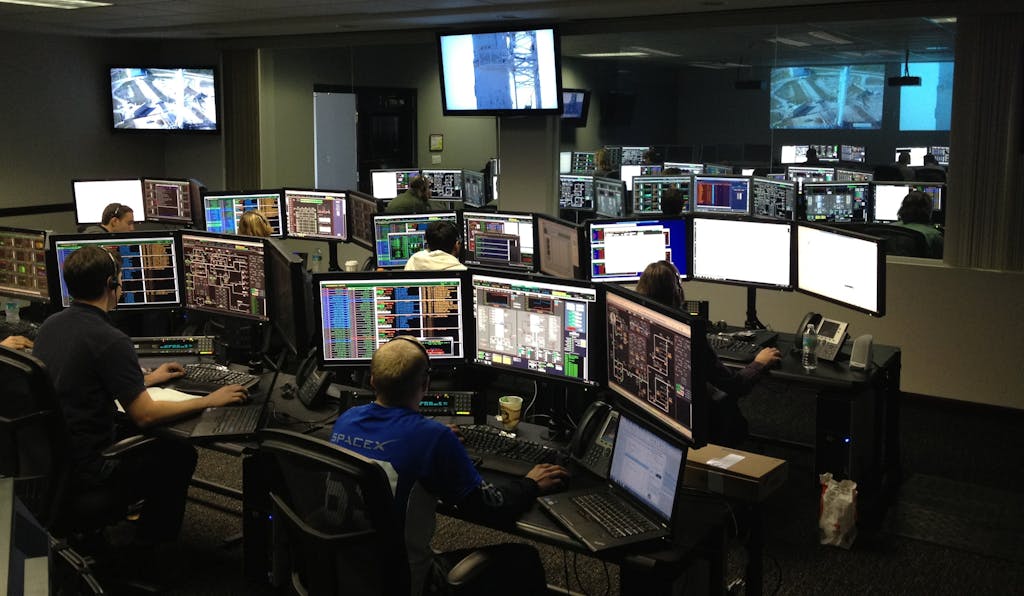Web • App • Software
Website Development: Design, Security & More
Delight your customers with seamless, device-agnostic experiences that boost satisfaction and drive conversions. Our professional design showcases your attention to detail and reinforces your credibility—turning casual visitors into loyal clients.
R&D means roi
User-Centric Thinking
Stop guessing what your visitors want—give it to them. Our human-first approach puts real users at the center of every design decision, ensuring your site anticipates needs, solves pain points, and delights at every click. Through in-depth user research, persona mapping, and iterative prototyping, we craft intuitive navigation, clear information hierarchies, and accessible layouts that turn first-time browsers into lifelong advocates. The result? Reduced bounce rates, longer sessions, and a measurable lift in conversions—all powered by empathy-driven design that makes your brand feel effortless and indispensable. Partner with us to transform data into experiences that resonate, convert, and deliver maximum ROI.

UI & UX DESIGN
Maximize Engagement with Seamless UX
Transform casual visitors into loyal customers by prioritizing intuitive, user-first design at every touchpoint. Our expert team crafts interfaces that anticipate user needs—streamlining navigation, surfacing relevant content, and delivering lightning-fast performance across devices. By eliminating friction—whether it’s confusing menus or sluggish load times—we keep users immersed longer, encourage deeper exploration, and boost conversion rates. With data-driven insights and iterative testing, we continually refine interactions to align with real-world behaviors and expectations. Partner with us to create a frictionless digital journey that captivates your audience, reduces bounce, and turns every click into a meaningful engagement.

Content Management & Scalability
Choosing the Perfect CMS
Your website is only as agile as the platform that powers it. We help you select and implement a Content Management System that balances flexibility, performance, and future-readiness—so you can publish, update, and expand without bottlenecks. Whether you need the extensibility of WordPress, the enterprise-grade robustness of Drupal, or the developer-friendly customization of Joomla, our experts tailor your CMS to your exact requirements. You’ll gain intuitive editing workflows, lightning-fast load times, and seamless plugin integrations that streamline content creation and e-commerce management alike. Partner with us to leverage a CMS that evolves with your business, keeps maintenance costs low, and unlocks new opportunities for engagement, revenue, and scale.

